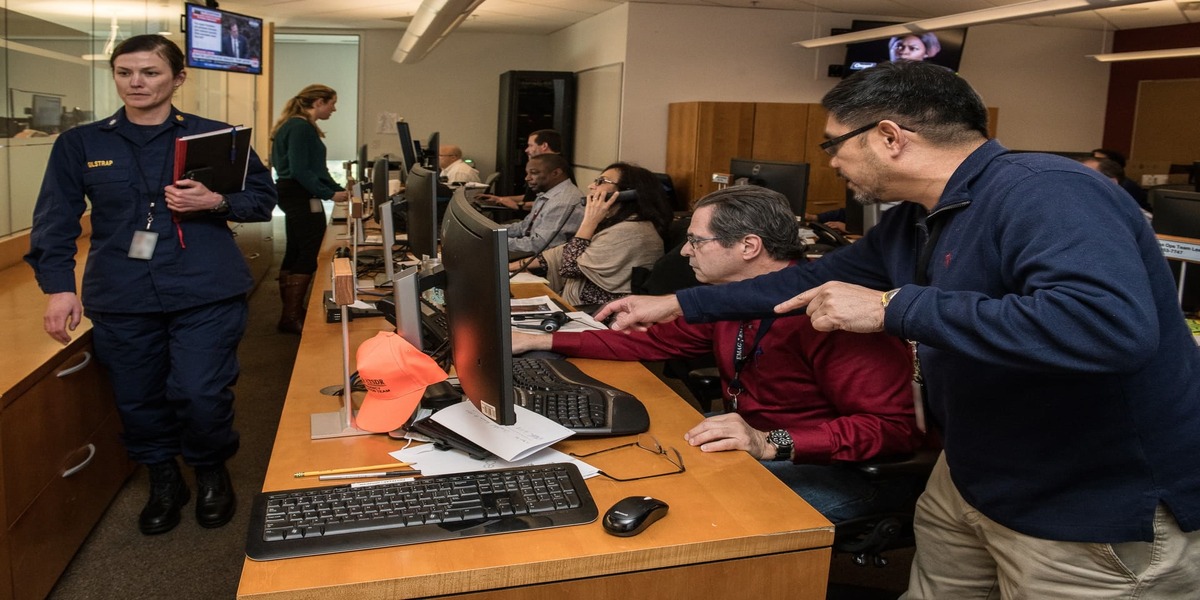From "Business Continuity Management" To "Operational Continuity Management"

A New Normal should be more like continuity enablement to all BAU processes, a big model like Operational Resilience, where resilience is embedded in each process and activities which aren't just critical or however also that help in running the BAU operations.
Business Continuity Management (BCM)
Why do we need BCM?
Business continuity is an organization's ability to ensure continuity of their critical operations and core business functions should be completely operational or minimal impacted by a disaster or unplanned incident that takes critical systems offline at the same time.

However, post-pandemic or what we call the New Ways of Working model, are we still thinking and running with Only critical operations and core business functions with 30% or 40% of continuity in this "New Normal," which was initially planned, identified, and assessed during our BCM lifecycle during crisis or remote working enablement?
The answer is "NO"!
Operational Continuity Management
Every activity in an organization, driven by any business line, can be treated as a transaction. Whether the organization's core is an IT delivery service or financial institutes like Bank, Payment gateways, or supply chain management, every operational activity, process, movement, and agreement is a transaction.
Hence, we should focus on operational continuity management with all functions, activities, operations, and actions with 100% capabilities in these new ways of working model, bringing all processes under the operational resilience umbrella.
In a simple term, transaction or operational continuity-based continuity management is like BAU 2.0, where every single employee and team should embed business continuity standards and matrices into its day-to-day operations, and business continuity professionals should try to embed and put more focus on BAU operation's continuity with 100% remote working and work from anywhere including the Infra setup to achieve 99.99999% uptime of business/operations in "NEW BCP - BAU World."
This article was contributed by our expert Mohit Kharbanda
Frequently Asked Questions Answered by Mohit Kharbanda
Q1. What does a good BCP look like?
Business Continuity Planning defines your organization’s ability to keep running or recover during any crisis or unprecedented situation, e.g., pandemic, storm, or electricity failure. Any BCP process that gets reviewed, tested, and audit-ready regularly and has a consistent idea of critical activities/processes to be recovered by priorities under agreed RTO/ RPOs should be marked as a good BCP.
Q2. What is the highest risk to business continuity?
The highest business continuity risk is not regularly testing or reviewing the defined process and document. It should be improved and enhanced regularly. One should look at and review current risks and situations, including the environmental or operational threats model.
Q3. What are the steps in creating a business continuity plan?
The whole Business Continuity Planning goes through a specific step, beautifully marked under Preowned Standards: ISO 22301. Initiate the planning by defining the scope of BCP and what is the contest of the organization.
This can be how the Leadership will act or report, define the planning, list down the complete support setup, define Operation which includes BIA, RA, Strategy planning, Recovery strategy, testing, afterward, how do you monitor and review the Performance Evaluation, how do you complete the whole activity which enhancement and improvement. These are just basic ideas on how BCP gets created. However, there are many challenges, including External / Internal audits.
Comments
No comments yet. Be the first to comment!
